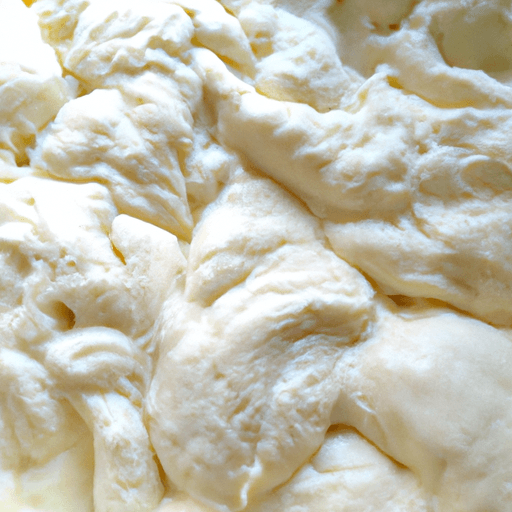
Growing Your Own Yeast Fungus
Medium

Have you ever wanted to explore the world of fungi? Now you can! In just two days, you can measure the amount of carbon dioxide released during the growth of yeast. This experiment is a great way to learn about the fascinating world of fungi.
Hypothesis
The hypothesis is that the growth of the yeast will stop when one of the nutrients required by the yeast is gone, or when the liquid gets too acid (low pH) and kills the yeast.
Method & Materials
You will label each bottle, add a teaspoon of dried yeast, seal the bottles tightly and shake the bottle, stretch a balloon over the mouth of each bottle, place each container in a warm area, and record the diameters of the balloons.
You will need a teaspoon measure, a permanent marker, active dry yeast, bottled soda pop or water, and identical round, thin latex balloons.
Results
The experiment results showed that the average of the treatments was larger than the average of the controls. This observation stands out because it shows that the yeast was able to grow and release carbon dioxide in the balloons.
Why do this project?
This science project is so interesting and unique because it allows students to explore the world of fungi and measure the amount of carbon dioxide released during the growth of yeast.
Also Consider
Experiment variations to consider include testing different types of soda pop and testing different amounts of sugar in the bottles.
Full project details
You can find additional information and details for this science fair project here. Have fun exploring!Share this Science Project:
Related Science Fair Project Ideas
Have you ever wondered what happens when you leave a slice of bread out for a few days? Find out in this science project!
Medium
Have you ever wondered how to make bread last longer? In this science project, you will find out how adding fruit paste to bread can help preserve it!
Medium
Let's find out how different temperatures affect the growth of fungi!
Medium
Share this Science Project:
